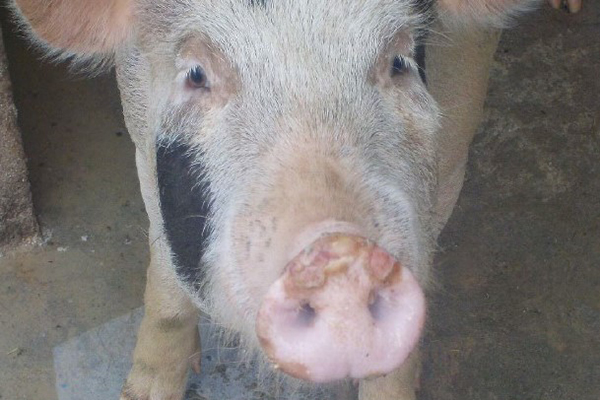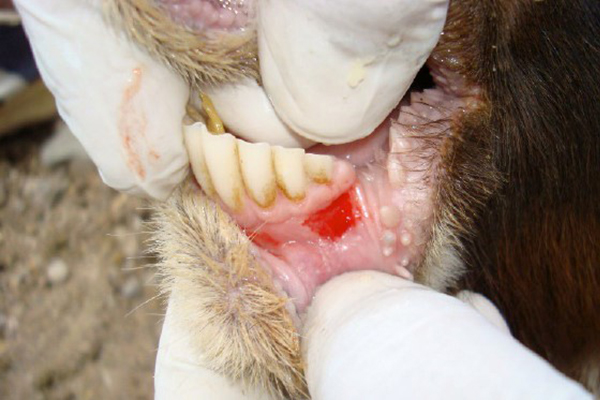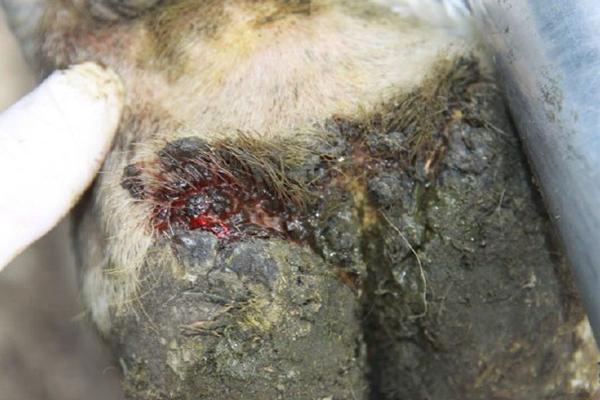
Information for livestock producers
Australia remains free of FMD. Good biosecurity practices and early detection will be essential to reduce the potential impact of FMD if it ever arrives in Australia.
To learn about the robust national plan in place for FMD, visit Animal Health Australia’s emergency response arrangements under ‘Disease-specific documents’: AUSVETPLAN
FMD is listed as a prohibited matter under the NSW Biosecurity Act 2015. It is an offence for any person to deal with FMD in NSW, including any such carrier. This includes any animal, animal product or other items that may reasonably be suspected of being a carrier of FMD. Penalties apply.
Everyone is required to take actions to prevent, eliminate or minimise risk of an outbreak. This includes a duty to notify authorities if this is suspected to have occurred. Failure to comply with these provisions may be an offence under the Biosecurity Act 2015.
What can you do?
1. Don’t feed swill to pigs
It is illegal to feed food waste containing meat or other mammalian by-products to pigs. This practice is known as swill feeding (swill is also known as prohibited pig feed) and is a high-risk pathway for FMD to enter Australia.
Don’t let feral pigs access your waste.
2. Review your on-farm biosecurity plan
All livestock owners should have a farm biosecurity plan in place on their property, including accurate records of livestock and product movement.
Resources:
- Farm Biosecurity Plan information
- Farm Biosecurity Plan – how-to video
- Farm biosecurity advice and more resources
- Australian Pork – Biosecurity management plan and resources
While every farm’s biosecurity plan will be different, there are many strategies that can be implemented Australia-wide to protect against FMD:
- Ensure any livestock coming onto your property have a Livestock Health Statement/Declaration or equivalent
- Inspect introduced livestock for signs of ill health on arrival, and quarantine all new stock for at least seven days
- Minimise the risk of livestock straying onto or away from your property
- Record all reasonable/practical movements of people, vehicles and equipment entering your property – the farm gate should be the control point, so post signs at the entrance to inform visitors of biosecurity procedures
- Where possible, install facilities to disinfect footwear and farm vehicles.
3. Recognise the signs
Livestock producers should be alert for signs of FMD in their animals:
- Fever
- Drooling
- Limping or lameness and reluctance to move
- Blisters or lesions around the mouth, snout, tongue, lips or on teats or between and above the hooves or feet
If animals are showing any signs that are consistent with FMD, this needs to be reported immediately to the Emergency Animal Disease Watch Hotline on 1800 675 888, NSW DPI or Local Land Services District Veterinarian.



4. Meet your traceability obligations
Identification of and tracing livestock plays an important part in managing biosecurity risks, such as foot-and-mouth disease (FMD).
National Livestock Identification System (NLIS)
The National Livestock Identification System (NLIS) outlines traceability obligations for some livestock species susceptible to FMD including cattle, pigs, sheep, goats, bison and buffalo.
Requirements include:
- Tagging stock with an NLIS-accredited tag or device before they leave their property (PIC) of birth, or subsequent properties
- Recording movements of stock onto your property in the NLIS database, if you haven’t bought them from a saleyard (i.e., stock bought privately or through an online auction site)
- Ensuring eNVDs/NVDs that accompany stock when they move are clear, complete and correct.
Using this information, the NLIS database can provide a life history of individual cattle, and other tracing reports showing properties where individual cattle and mobs of sheep and goats have moved from, and to. This is important in finding properties of interest where infected stock have been or where stock may have been exposed to disease.
The NLIS database is a critical element in responding to an FMD outbreak as it provides the tool for rapidly tracing large numbers of animal movements as required by the national tracing standards and the epidemiology of a highly contagious disease such as FMD. Livestock movements play a significant role in disease spread, and rapidly tracing their movements is crucial.
For more information on livestock transactions and movements, visit the Integrity Systems Company website.
Property Identification Code (PIC)
Anyone who keeps or owns certain livestock is required to ensure the land on which the livestock are kept has a Property Identification Code (PIC).
‘Livestock’ includes one or more of the following species which are susceptible to FMD - cattle, sheep, goats, pigs, deer, bison and camelids (such as alpacas, llamas and camels).
You can obtain a PIC by contacting your Local Land Services office on 1300 795 299
More information
- Department of Agriculture, Fisheries and Forestry – FMD information for livestock producers
- Animal Health Australia – FMD information
- Meat and Livestock Australia – industry webinar on FMD and LSD
- Foot and mouth disease (Primefact 1255)
- AHA compensation
- Glovebox Guide: Biosecurity, Emergency Animal Diseases and preparing livestock for transport (PDF, 6435.38 KB)

